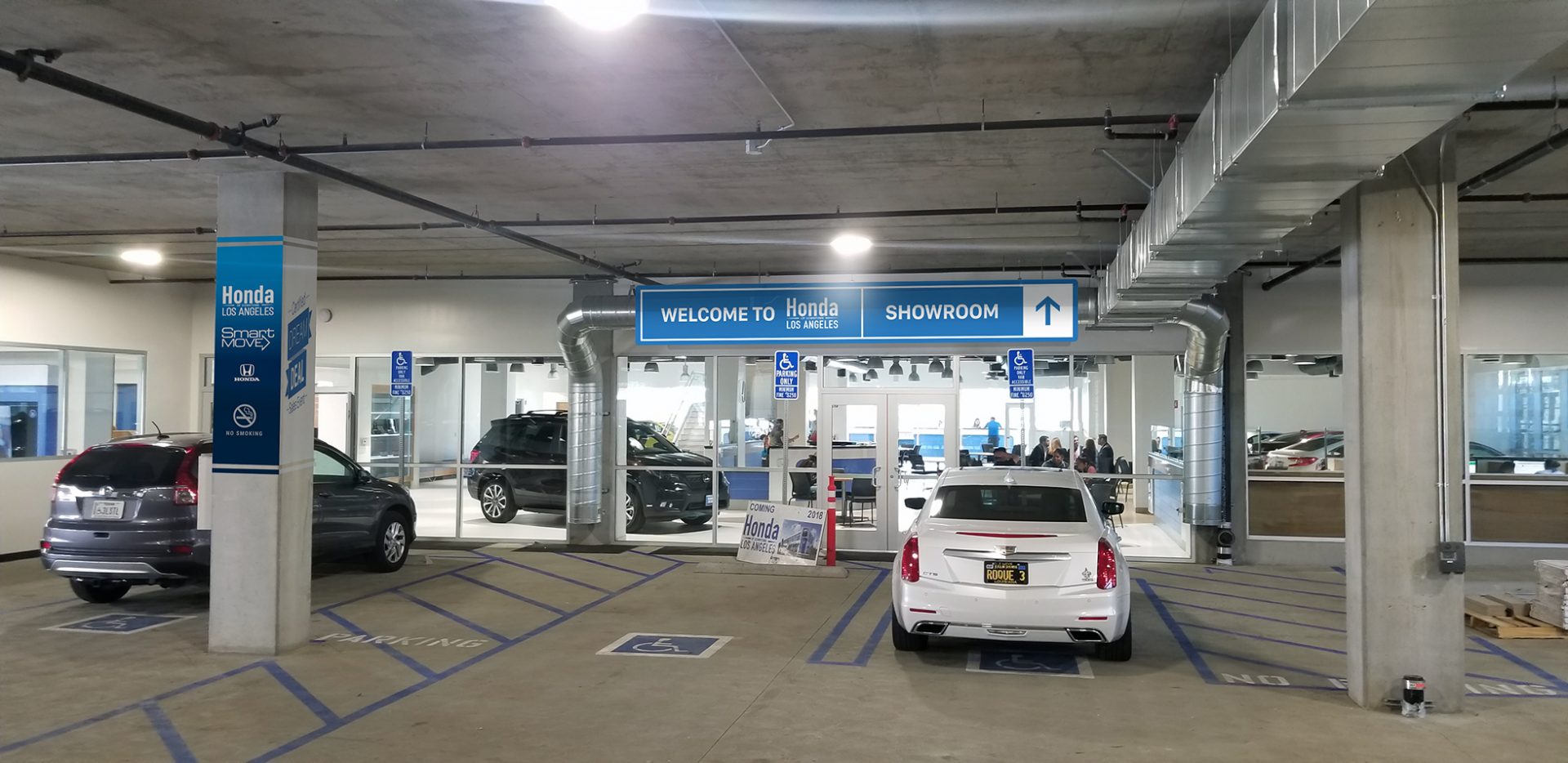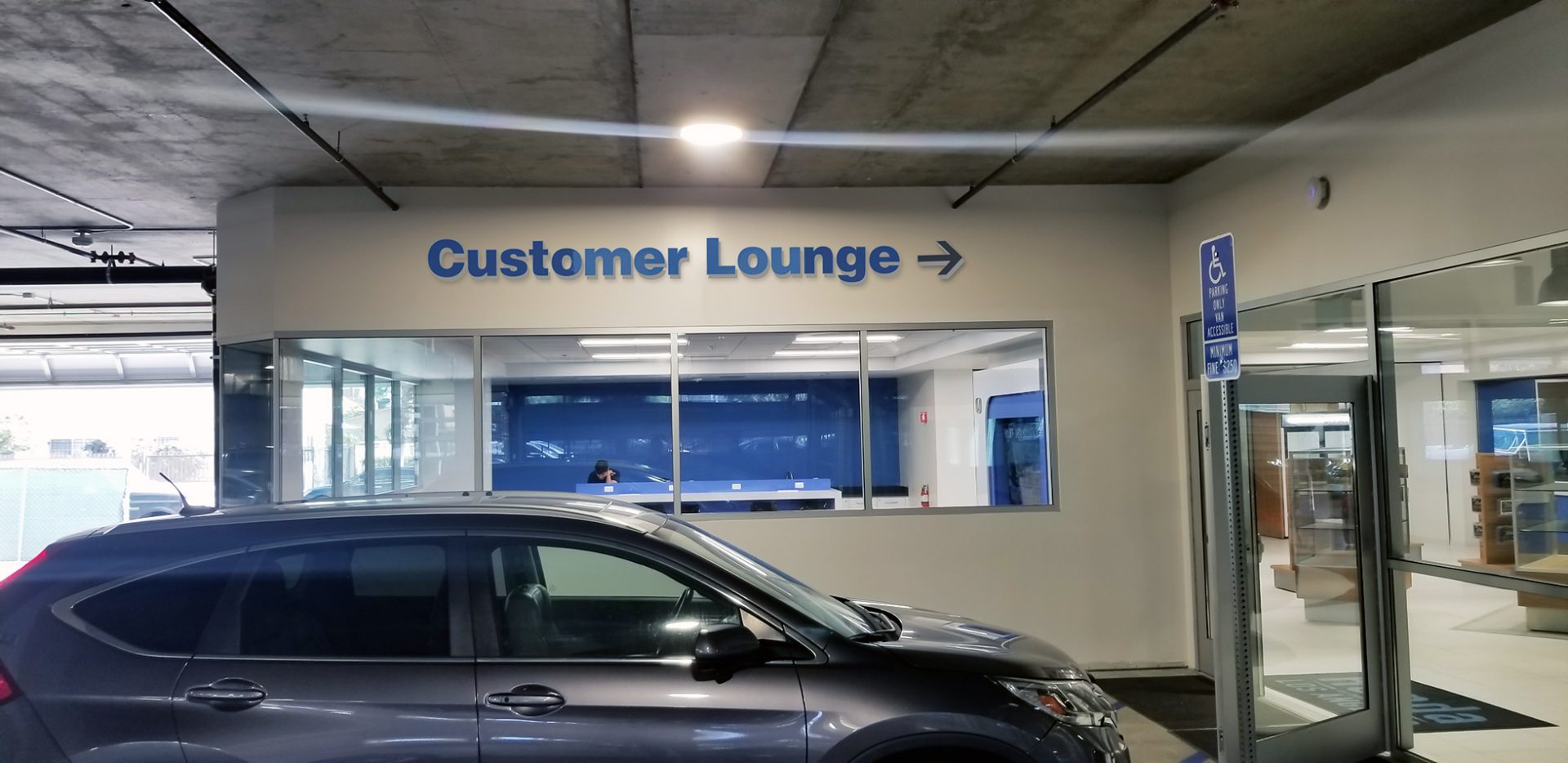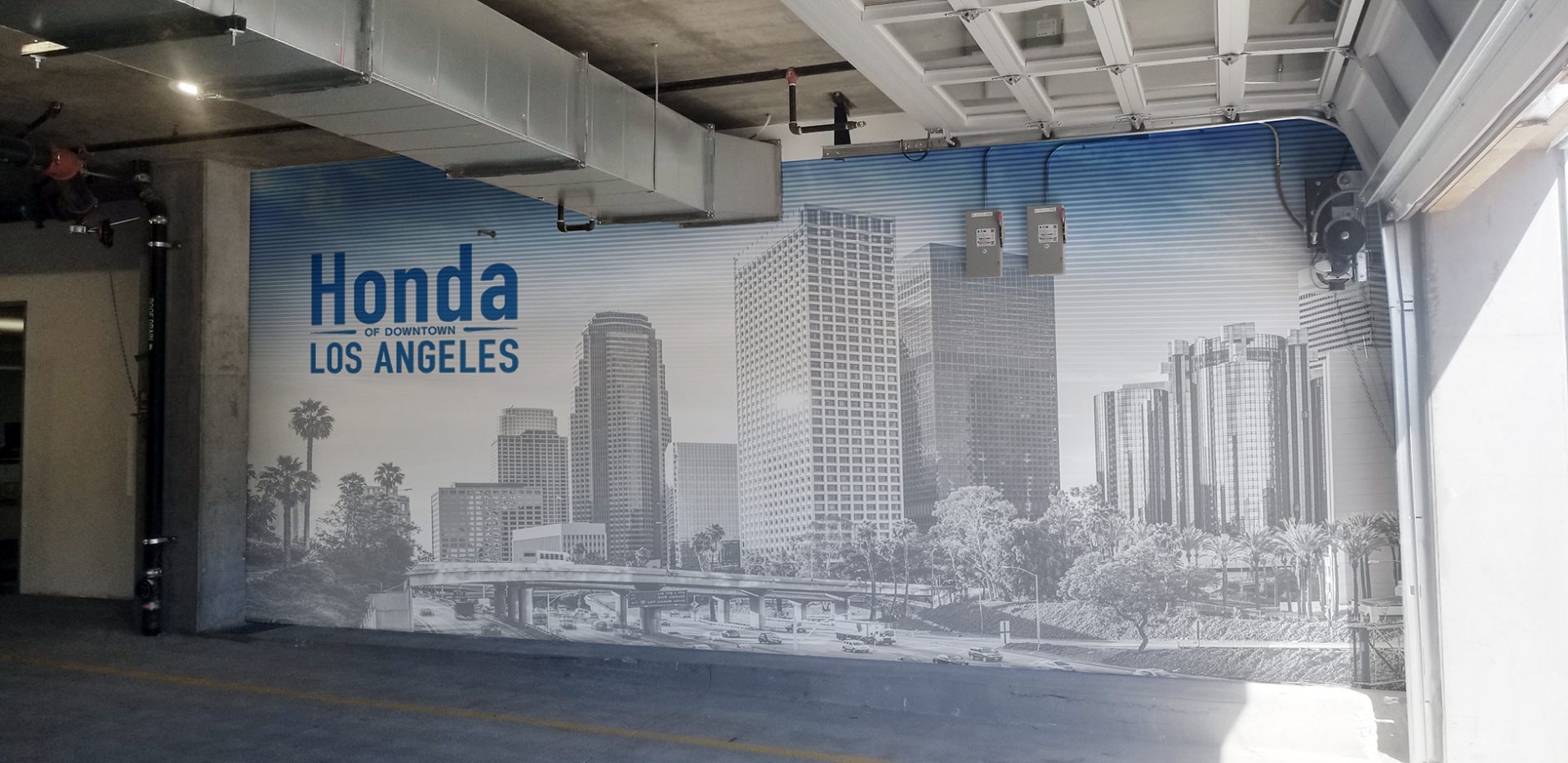Direct your customers with high resolution parking area directional signage
Allow your customers to make key decisions as to the direction they choose to take within your space.
Full in-house design services.
Fast turn around with off-hour and after-hour installation to avoid business disruption.
Interior Branding develops a story of your company’s brand culture by expressing the history, philosophy, vision and future of your brand and integrating graphic elements, messaging and brand architecture into your physical space.
Parking Area Directional Signage Projects
The Art and Science of Directional Signage: Guiding Your Way with Precision
In our fast-paced world, time is a precious commodity. Whether we are exploring a new city, navigating a bustling airport, or finding our way through a sprawling hospital, clear and effective directional signage plays a pivotal role in ensuring a smooth and stress-free journey. Often taken for granted, directional signage is a remarkable blend of art and science, designed to guide us through complex spaces and instill a sense of confidence in our path. In this blog, we delve into the world of directional signage, exploring its importance, principles, and impact on our daily lives.
The Significance of Directional Signage: Beyond Pointing the Way
Directional signage serves as an unspoken language that transcends cultural barriers, helping people from all walks of life to find their destination without the need for words. The primary purpose of directional signs is to provide accurate and concise information, guiding visitors and pedestrians efficiently. But directional signage does more than just point the way; it can enhance the overall experience of a place and leave a lasting impression.
Key Principles of Effective Directional Signage
Creating effective directional signage requires careful consideration of various design principles. Here are some key aspects that contribute to the success of these crucial navigational aids:
Clarity and Simplicity: The cardinal rule of directional signage is to keep it simple and easy to comprehend. Using clear and universally understood symbols, along with minimal text, ensures that the message is conveyed at a glance.
Consistency: Consistency in design, color schemes, and placement of directional signs helps visitors develop a mental map of the environment, making it easier for them to navigate intuitively.
Visibility and Readability: Signage must be visible from a distance, and the text should be easily readable. Factors such as font size, contrast, and proper lighting play a vital role in enhancing visibility.
Placement and Context: Understanding where to place directional signs is crucial. They should be strategically positioned at decision points, intersections, and areas where visitors might hesitate about the correct path.
Compliance with Accessibility Standards: Directional signs should adhere to accessibility standards to ensure inclusivity and ease of use for people with disabilities.
Use of Pictograms: Pictograms are simple, graphic representations of an object or action. They are effective in conveying information to diverse audiences, including those who speak different languages.
The Art of Wayfinding
Wayfinding is the process of using directional signs and other environmental cues to navigate through unfamiliar territory. It involves an understanding of human behavior, psychology, and spatial perception. An excellent wayfinding system takes into account the user’s perspective and behavior, anticipating their needs and guiding them effortlessly.
The Impact of Technology on Directional Signage
As technology continues to evolve, so does the world of directional signage. Traditional static signs are now complemented by dynamic digital displays, interactive maps, and smartphone applications. Digital signage can be updated in real-time, allowing for flexibility and adaptability to changing circumstances. Additionally, technology enables the collection of data on user behavior, which can be utilized to enhance wayfinding systems further.
Directional Signage in Specialized Environments
Directional signage is not confined to streets and buildings. Specialized environments like amusement parks, shopping malls, and healthcare facilities also heavily rely on directional signs to create a seamless experience for their visitors. In complex spaces with numerous attractions or departments, well-designed directional signage can mean the difference between a delightful adventure and a frustrating journey.
Directional signage is an indispensable aspect of modern life that often goes unnoticed until we find ourselves lost and seeking guidance. Its impact on our daily experiences, from a traveler in a foreign land to a patient navigating a hospital’s labyrinthine corridors, cannot be overstated. As we continue to innovate and integrate technology into wayfinding systems, the future of directional signage promises to be even more efficient and user-friendly. So, the next time you find yourself effortlessly reaching your destination, take a moment to appreciate the art and science behind the directional signs that made it all possible.







